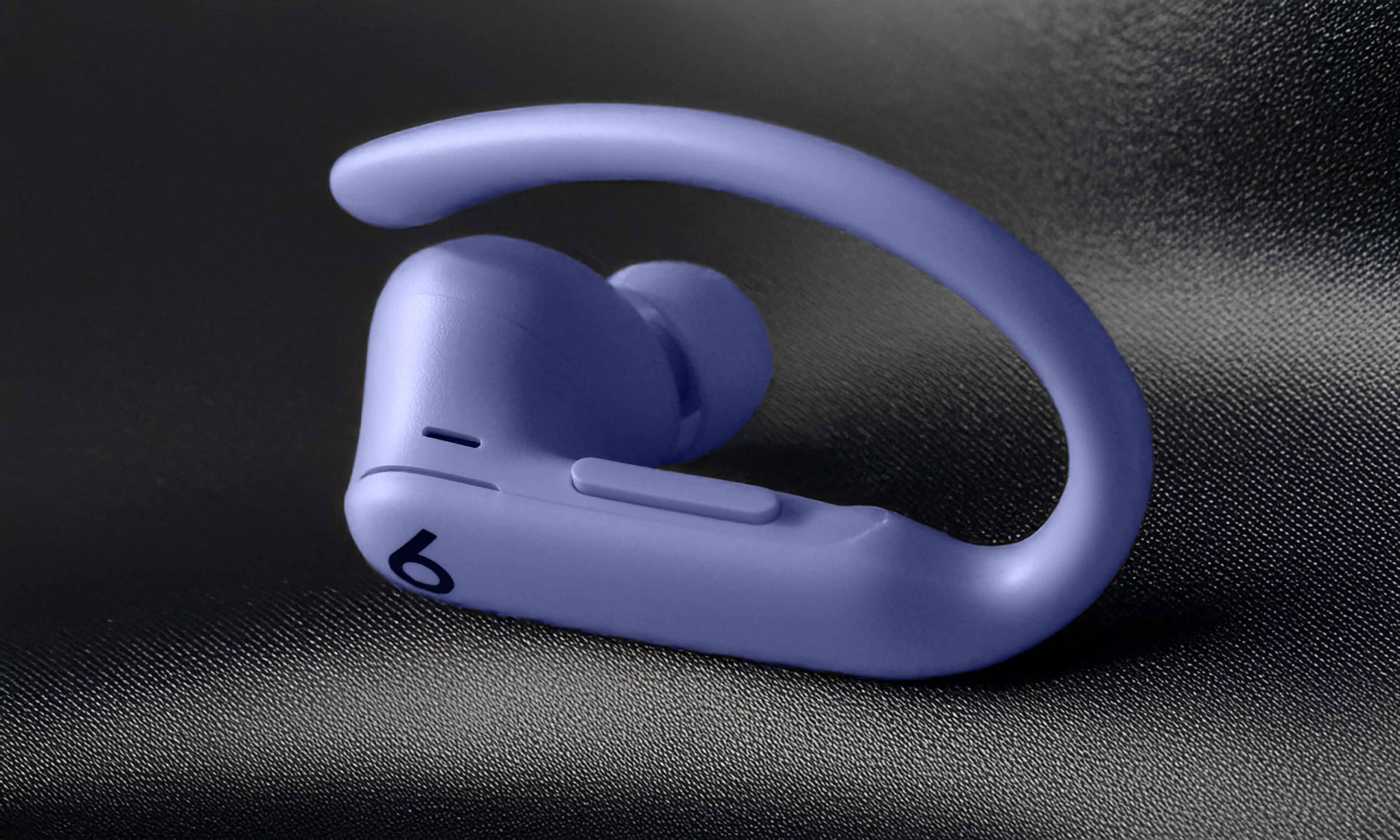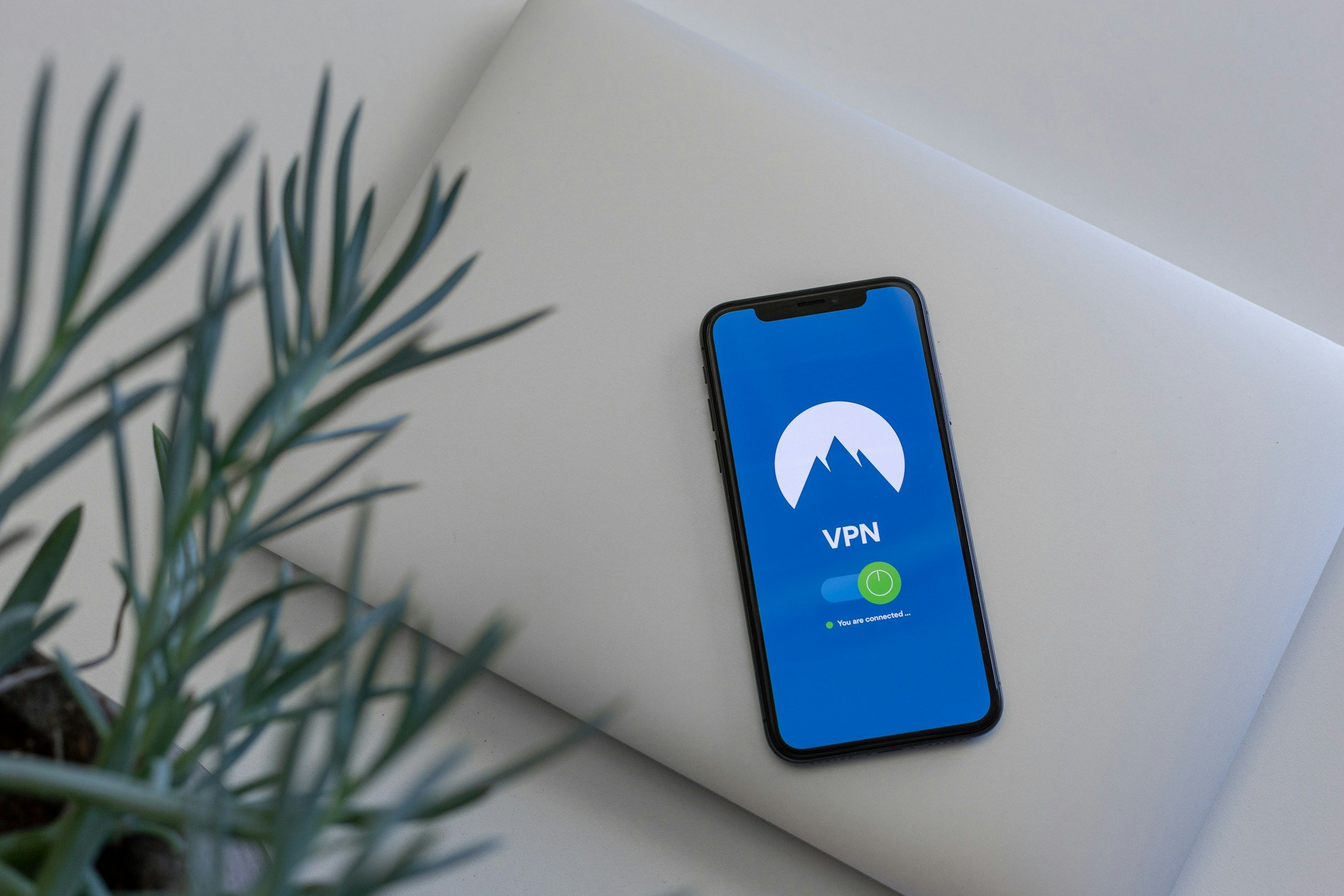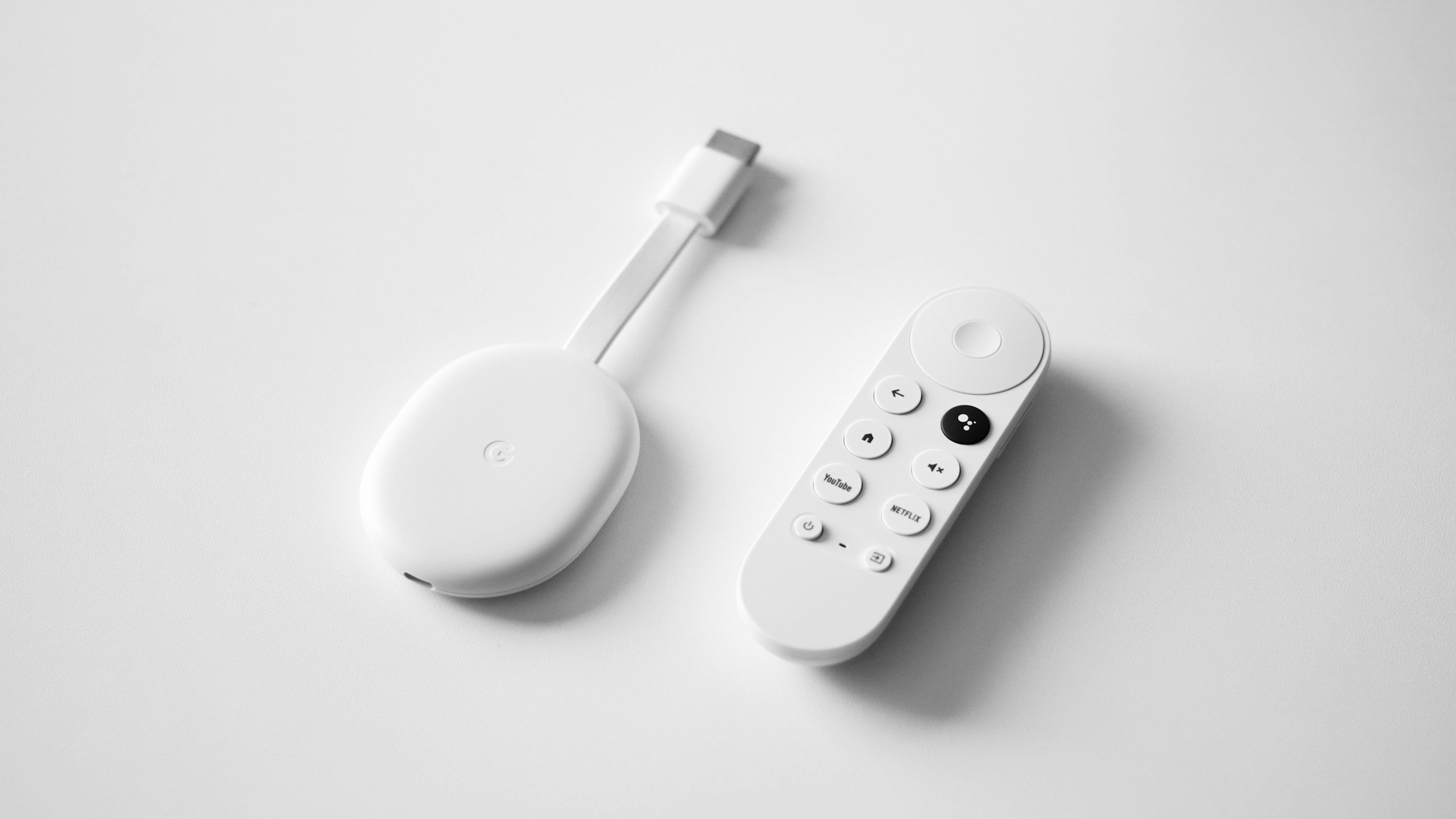How to Turn On a MacBook Air – Including Advanced Boot Modes (Safe Mode/Recovery Mode etc.)
When you purchase through links on my site, I may earn an affiliate commission. Here’s how it works.
Table of Contents Show
Have you ever wondered about the MacBook Air's startup process?
Whether you're unboxing your first MacBook Air or an experienced user looking for more advanced ways to boot your Mac, this guide has got you covered.
I'll walk you through the basic power-up process and then delve into advanced startup methods like Recovery Mode, Startup Manager, and Apple Diagnostics.
Ready to become a MacBook Air power user? Let's get started!
How to Wake Up Your MacBook Air from Sleep Mode
Starting off, let's talk about the easiest way to wake up your MacBook Air from sleep mode – just pop open the lid.
Apple's laptops are designed to spring into action as soon as you lift the aluminum lid.
Remember, this trick only works when the laptop is asleep, not when it's powered down completely.
How to Turn Your MacBook Air On
Now, what if your MacBook Air is totally switched off?
Here is how you can turn your MacBook Air back on:
Identify if your MacBook Air is fully powered off.
Locate the power button. On newer models, it is cleverly integrated into the Touch ID button.
You'll find it at the top right corner of your keyboard.
Press the power button. A gentle, quick press is all you need to start the power-up process.
Watch your screen for visual cues. The first thing you'll see is the Apple logo in the center of your screen.
This indicates that your MacBook Air is starting up.
Wait as a loading bar appears beneath the Apple logo and gradually fills up.
Depending on your system's specifications, this process may take anywhere from a few seconds to about a minute.
Note: If your MacBook Air does not turn on, follow this guide on how to solve the issue.
By the way, if you're wondering how to adjust the keyboard brightness on your MacBook Air, check out my comprehensive guide.
Advanced Startup Methods for MacBook Air
Now let's explore some advanced startup methods.
MacBooks, including the MacBook Air, have several startup modes that can be accessed using specific key combinations during the boot process.
They each serve different purposes and can be helpful tools when you're trying to resolve an issue.
1. Safe Mode
First up is Safe Mode, also known as 'Safe Boot'.
Starting your MacBook Air in Safe Mode loads only essential software and disables certain features, allowing you to isolate problems related to your software or hardware.
How to Start an Intel MacBook Air in Safe Mode
Power Up
Start by turning on your MacBook Air. If it's already on, you'll need to restart it.
You can do this by clicking the Apple logo at the top left of your screen and selecting 'Restart'.
Hold the Shift Key
As soon as your MacBook Air begins to restart, press and hold the Shift key on your keyboard.
Make sure you press it immediately after you hit restart – timing is key here.
Release the Shift Key
Keep holding the Shift key until the login window appears.
This could take a few moments, so be patient. Once the login window pops up, you can let go of the Shift key.
Login to your Account
You'll need to log in to your account to fully boot into Safe Mode.
Note that it might take longer than usual to log in when in Safe Mode – this is normal.
Confirm Safe Mode
To confirm you're in Safe Mode, you can check the top right corner of your screen. It should say 'Safe Boot' in red letters.
How to Start an Apple Silicon MacBook Air in Safe Mode
Power Up
If your MacBook Air is already on, you'll need to restart it.
Click the Apple logo at the top left of your screen and choose 'Restart'.
If it's off, just hit the power button to turn it on.
Hold the Power Button
As soon as your MacBook Air starts to reboot, hold down the power button.
Keep holding it until you see the startup options window – this can take a few seconds.
Choose Startup Disk
In the startup options window, you'll see a gear icon labeled 'Options.'
Next to it, there will be an icon for your startup disk. Click on your startup disk.
Enter Safe Mode
After selecting the startup disk, press and hold the Shift key.
While still holding the Shift key, click 'Continue in Safe Mode'. Then, release the Shift key.
Login to Your Account
You'll need to log in to your account to fully boot into Safe Mode.
Be aware that it might take longer than usual to log in when in Safe Mode – this is normal.
Confirm Safe Mode
To confirm you're in Safe Mode, check the top right corner of your screen.
It should say 'Safe Boot' in red letters.
And voila! Your MacBook Air is now running in Safe Mode.
When you're ready to exit Safe Mode, simply restart your MacBook Air and it will boot in the regular macOS environment.
2. Recovery Mode
Next, we have Recovery Mode. This mode starts up your MacBook Air from a built-in recovery disk.
It's essentially a special partition on your hard drive that contains a version of the macOS that you can boot from if you're having problems with the system on your main drive.
How to Boot Your Intel MacBook Air in Recovery Mode
Power Up
If your MacBook Air is already on, you'll need to restart it.
You can do this by clicking the Apple logo at the top left of your screen and selecting 'Restart'.
If it's off, then just turn it on as usual.
Command + R
As soon as your MacBook Air begins to restart, press and hold the Command (⌘) and R keys on your keyboard.
Timing is important, so be ready to press these keys immediately after you hit restart.
Release the Keys
Keep holding the Command (⌘) and R keys until you see the Apple logo or a spinning globe.
Once you see one of these, you can release the keys.
Wait
After releasing the keys, you'll see the macOS Utilities window. This could take a few moments, so be patient.
Choose an Option
Once the macOS Utilities window appears, you're officially in Recovery Mode.
From here, you can choose to restore from a Time Machine backup, reinstall macOS, get help online, or use Disk Utility to repair or erase your disks.
How to Boot Your Apple Silicon MacBook Air in Recovery Mode
Power Up
Start by turning on your MacBook Air. If it's already on, you'll need to restart it.
Simply click the Apple logo at the top left of your screen and select 'Restart'.
Hold the Power Button
As your MacBook Air begins to restart, hold down the power button.
Keep holding until you see the startup options window – this usually takes a few seconds.
Choose Options
In the startup options window, click on the gear icon labeled 'Options'.
Then, click 'Continue'. You're now starting the journey into Recovery Mode.
Wait
After clicking 'Continue', your MacBook will take a moment to load the macOS Recovery over the internet. This could take a few moments, so be patient.
Choose an Option
Once the macOS Utilities window appears, you're officially in Recovery Mode.
From here, you can choose to restore from a Time Machine backup, reinstall macOS, get help online, or use Disk Utility to repair or erase your disks.
And that's it – you're now running your MacBook Air in Recovery Mode.
When you're done, choose 'Restart' or 'Shutdown' from the Apple menu to exit Recovery Mode.
3. Startup Manager
The Startup Manager is particularly useful if you have multiple operating systems or bootable volumes on your MacBook Air.
It lets you choose a startup disk before the operating system loads.
How to Use the Startup Manager on Your Intel MacBook Air
Power Up
Start by turning on your MacBook Air. If it's already on, you'll need to restart it.
Simply click the Apple logo at the top left of your screen and select 'Restart'.
Hold the Option Key
As your MacBook Air begins to restart, press and hold the Option key on your keyboard.
Be ready to do this immediately after you hit restart – timing is crucial.
Select Startup Disk
Continue holding the Option key until you see the startup disks.
Then, select the startup disk you want to use and hit 'Return'.
Your MacBook Air will now start from the selected disk.
How to Use the Startup Manager on Your Apple Silicon MacBook Air
Power Up
Start by turning on your MacBook Air. If it's already on, you'll need to restart it.
Click the Apple logo at the top left of your screen and choose 'Restart'.
Hold the Power Button
As your MacBook Air begins to restart, hold down the power button.
Keep holding until you see the startup options window – this usually takes a few seconds.
Select Startup Disk
In the startup options window, click on the startup disk you want to use and then click 'Continue'.
Your MacBook Air will now boot from the selected disk.
That's all there is! You've successfully used the Startup Manager on your MacBook Air.
4. Apple Diagnostics
Finally, Apple Diagnostics is your first line of defense when you suspect a hardware issue with your MacBook Air. It checks your machine for potential problems and provides advice on how to resolve them.
How to Use Apple Diagnostics on Your Intel MacBook Air
Disconnect Devices
Start by disconnecting all external devices except the keyboard, mouse, display, Ethernet connection (if applicable), and connection to AC power.
Power Up
Turn on your MacBook Air. If it's already on, you'll need to restart it.
Simply click the Apple logo at the top left of your screen and select 'Restart'.
Hold the D Key
As your MacBook Air begins to restart, press and hold the D key on your keyboard.
Be ready to do this immediately after you hit restart.
If this does not work, try holding Command (⌘) and D instead.
Choose Language
Continue holding the D key (or Command (⌘) and D) until you see a screen asking you to choose your language.
Once you've selected your language, the diagnostics will start running.
How to Use Apple Diagnostics on Your Apple Silicon MacBook Air
Disconnect Devices
Just like with the Intel-based MacBook Air, start by disconnecting all external devices except the keyboard, mouse, display, Ethernet connection (if applicable), and connection to AC power.
Power Up
Turn on your MacBook Air. If it's already on, restart it.
Click the Apple logo at the top left of your screen and choose 'Restart'.
Hold the Power Button
As your MacBook Air begins to restart, hold down the power button. Keep holding until you see the startup options window.
Hold the Command (⌘) and D Key
Now press and hold Command (⌘) and D on your keyboard until you see a screen asking you to choose your language. Then, start the diagnostics.
That's all! You've successfully run Apple Diagnostics on your MacBook Air.
Conclusion
And there you have it! We've demystified the process of powering up your MacBook Air and navigating its advanced startup methods.
From the basic power-on procedure to using the Recovery Mode, Startup Manager, and Apple Diagnostics, we've covered it all.
But now, it's your turn. Have you tried these methods on your MacBook Air? Did this guide help you gain more control over your machine, or did you encounter any bumps along the way?
Share your experiences in the comments below, or join me on social media.
And if you haven't done it yet, make sure to subscribe to my newsletter. It's your ticket to the latest tech tips, in-depth reviews, and fresh news from the tech world that you definitely don't want to miss.
Thank you very much for reading! See you around.
FAQ
-
Press the power button, which is located at the top-right corner of the keyboard.
If your MacBook Air doesn't turn on, make sure it's charged or connected to a power source.
For further troubleshooting, check out this guide.
-
Recovery Mode is an advanced startup method that lets you run diagnostics on your MacBook Air, reinstall macOS, or restore from a Time Machine backup.
-
To access Startup Manager, restart your MacBook Air and immediately press and hold the Option (⌥) key (or the power button on Apple Silicon Macs).
Release the key when you see the Startup Manager window.
-
Apple Diagnostics is a tool for checking your Mac for hardware issues.
To use it, disconnect all external devices except the keyboard, mouse, display, Ethernet connection (if applicable), and power supply.
Then restart your MacBook Air and immediately press and hold the 'D' key (or Command and D on Apple Silicon Macs) until you see the Apple Diagnostics screen.
-
If your MacBook Air won't turn on, check out this guide.
MOST POPULAR
LATEST ARTICLES





















